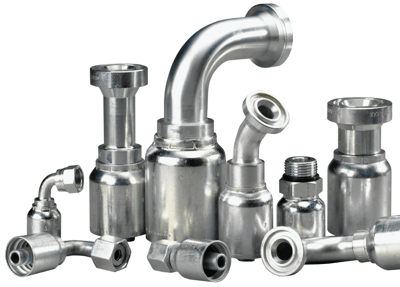Avoid Damage to Driveways Caused by Plowing


Yes, snow plows can and do damage driveways. However, many factors influence this scenario, and it's also possible to plow snow on a driveway for years without damages. The trick is to employ the best methods with experience by your side. Learn all about driveways and how a proper plowing job can actually preserve its lifespan.
If you plow your driveway, it may be how you operate your equipment more than the plow that causes the damage. The damage occurs in two ways: Improper plowing and lack of preparedness for the plowing season.
Amateur Snow Plowing
Untrained plow operators can wreak havoc on your driveway. Of course, anyone can purchase a plow and install it on their vehicle, but moving the plow with care across any surface takes practice. Avoid a driveway repair issue by getting training or hiring professionals. The best way to find a pro for plowing your driveway may be a referral from a paving contractor.
Use Soft Plow Edge
There are countless complex and straightforward ways to clear snow from a roadway reports the Asphalt Institute Magazine. However, the most basic strategy continues to be using a snowplow. To avoid asphalt or concrete damage, be picky about the plow's edge. Don't use bare metal.
Polyurethane or rubber edges are still effective for snow removal, and they won't damage the ground. Opting for this plowing edge will protect every part of your property.
Set the Blade High
Avoid damage by plowing high. The plow doesn't have to scrape every snowflake from the ground. Set the plow at about a half-inch above the surface, so the blade can move most of the snow volume away without coming into contact with the driveway. Typically, half-inch of snow left on the ground is safe enough to drive or walk on and melts away quickly when the temperature rises above freezing.
If your driveway has any high or low spots, set the blade to a height that compensates for the uneven surface.
Use Snow Blowers Whenever Possible
For extra care around your driveway surface, try a snowblower. A light coating of snow may not require a plowing job. Before the snow hardens, blow the snow away from the driveway, states JR Paving & Construction Company. Scraping away at the surface isn't necessary if you remove the snow soon after it falls.
Mark the Curbs
Most professional plow operators take precautions to protect the flat asphalt, but the driveway's edges are also vulnerable. Curbs formed from asphalt can be significantly damaged when snow piles up. The problem is that once the snow falls, the driveway edges are virtually invisible to the plow operators – and that makes them hard to avoid.
Rather than replacing the driveway after a plowing incident, consider marking the curbs. Add marker flags or other indicators to the driveway's edges. Whatever you use to mark the edge of the driveway, make sure your marker is tall enough for the operators to see in a snowstorm, so that they can steer clear of it.
Protect the Surface With Sealants
Another way to prepare for the winter season and protect your driveway is by sealing the driveway. This fine film covers and protects the driveway from extreme temperatures and physical stress, including plowing operations with half-ton or one-ton trucks. When a plow contacts the surface, any scraping action is against the sealant and not the driveway surface.
Normal Deterioration
Your effort to preserve your driveway only takes you so far. Expansion-and-contraction processes will eventually wear down any asphalt or concrete pavement – not every crack is a result of improper plowing. Water enters the tiny crevices in the driveway whenever it rains or snow melts. When the temperature drops below the freezing point, the water trapped in the crevices freezes and expands, causing cracks to form or widen. This process takes place regardless of how (or if) you plow your driveway.
Protect the driveway by applying asphalt fillers and concrete sealants. The fillers and sealants prevent water from reaching the cracks.




